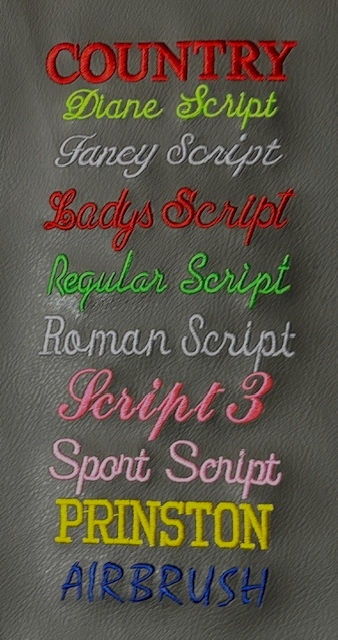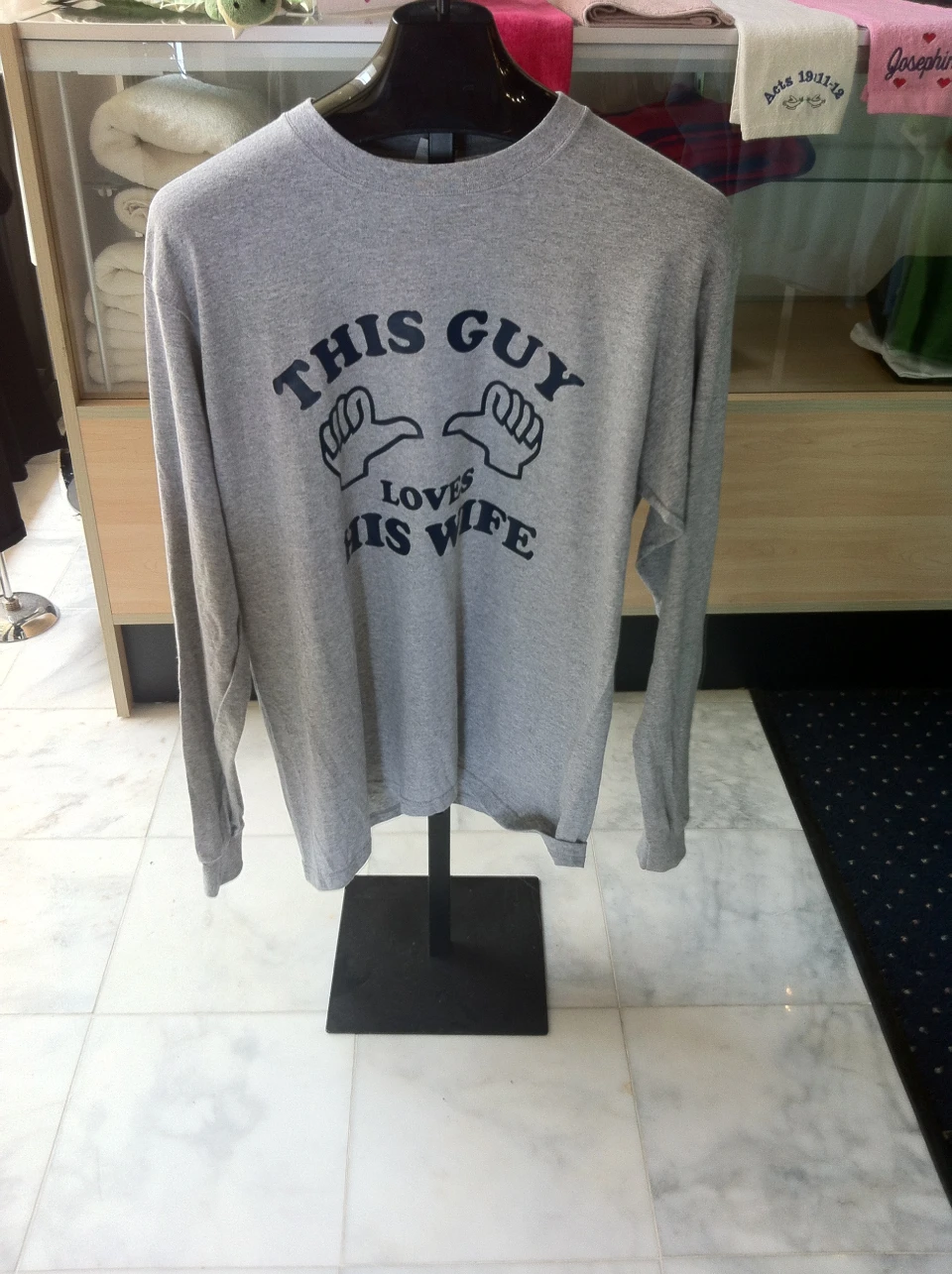The Art of Custom-made Embroidery: Unlocking the Keys to Creating Special and Memorable Styles
Needlework, a craft steeped in custom and artistry, holds within its intricate stitches the power to change fabric right into a canvas of unique expression. The tricks to developing customized embroidery layouts that captivate the eye and leave an enduring impression lie in a delicate equilibrium of technique, creativity, and interest to information. As we look into the world of personalized embroidery, we discover the nuanced interaction in between string selection, stitch complexity, and design customization that elevates a simple garment to an artwork. Join us on a trip via the art of customized needlework as we untangle the mysteries behind crafting really memorable and unique productions.
Choosing the Right Embroidery Threads
When choosing embroidery threads, what key aspects should you think about to make sure the best outcomes for your custom layouts? The option of needlework thread is important in determining the final end result of your embroidered style.
Furthermore, the weight or thickness of the string plays a considerable duty in the appearance of the embroidery. Thicker strings can include dimension and structure to your layout, while finer threads are suitable for intricate details and tiny message. Furthermore, taking into consideration the color fastness and washability of the thread is vital to ensure that your customized styles keep their quality and vibrancy in time. By meticulously evaluating these elements and choosing high-quality threads that fulfill your specific needs, you can enhance the visual charm and durability of your stitched productions.
Discovering Different Stitch Techniques
To explore the world of 'Checking out Various Stitch Techniques', one must understand the complexities and nuances that each stitching technique offers the art of needlework. Various stitch strategies not just include visual interest but additionally add to the general structure and dimension of the design. One popular stitch technique is the satin stitch, which involves closely stuffed parallel stitches to develop a smooth and glossy surface, ideal for filling out forms and developing bold outlines.
On the various other hand, the backstitch is a versatile method frequently used for detailing and adding great information. It includes stitching in reverse to produce a solid line of needlework. Furthermore, the French knot stitch adds a responsive component to layouts, excellent for developing distinctive accents like flower centers or attractive touches.
Checking out different stitch strategies allows embroiderers to have fun with light, shadow, and depth within their layouts, elevating the aesthetic allure and creative quality of their needlework jobs. By understanding different stitching approaches, one can unlock countless possibilities for developing special and memorable custom-made embroidery pieces.
Incorporating Personalized Layout Elements
Having explored the ins and outs of different stitch strategies such as the satin stitch, backstitch, and French knot, the focus currently shifts towards integrating tailored design elements in customized needlework tasks. Personalized design aspects play a vital duty in making needlework jobs genuinely unique and memorable.
Another way to include tailored design elements is by including symbols or concepts that hold special significance to the recipient or mirror their rate of interests and individuality. Including a favorite flower, animal, or hobby-related symbol can make the needlework layout extra purposeful and tailored. In addition, picking shades that reverberate with the recipient or line up with the designated theme can better enhance the personalization of the embroidery project.
Mastering the Art of Shade Control

One moved here trick facet of shade coordination is understanding shade concept. This consists of recognizing how different colors communicate with each other, the emotions they communicate, and exactly how they can be incorporated to develop aesthetically enticing designs. By applying color concept concepts, embroiderers can create harmonious shade palettes that enhance the overall look of the design.
Additionally, paying attention to contrast is essential in color coordination. Utilizing contrasting colors can help certain helpful resources aspects of the style pop, improve legibility, and produce a visually dynamic needlework item. By understanding the art of shade sychronisation, embroiderers can boost their layouts and produce unforgettable items that reverberate with customers and customers alike.
Enhancing Structure With Advanced Embroidery Stitches

French knots, for instance, are ideal for adding small, raised dots to your design, imitating the look of beads or creating a textured surface. Bullion knots, on the other hand, can be used to create twisted, ropelike elements that include a luxurious feel to the needlework. Seed sewing entails little, scattered stitches that can fill out locations with a multicolor structure, while turkey work creates fluffy, dimensional accents evocative pet hair or foliage. Exploring with these advanced embroidery stitches permits you to press the limits of conventional embroidery and create truly one-of-a-kind and aesthetically attractive textures in your designs.
Verdict
Finally, the art of customized embroidery involves a mix of choosing the appropriate threads, discovering various stitch strategies, integrating tailored style elements, mastering shade sychronisation, and boosting structure with advanced stitches. By recognizing and executing these crucial elements, embroiderers can develop special and memorable styles that display their imagination and ability. Embroidery fanatics can unlock the tricks to developing stunning and bespoke items that stand out and leave a long-term impression.
Comments on “Individualized Mugs with Custom Embroidery Styles for an One-of-a-kind Gift”